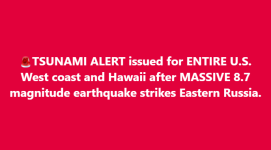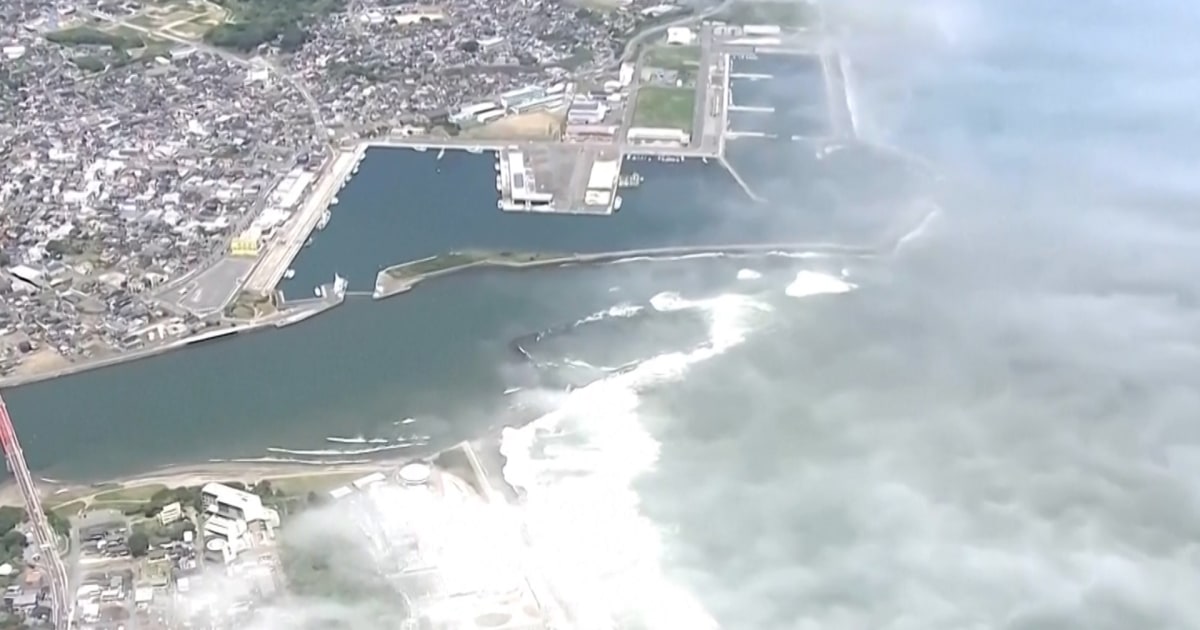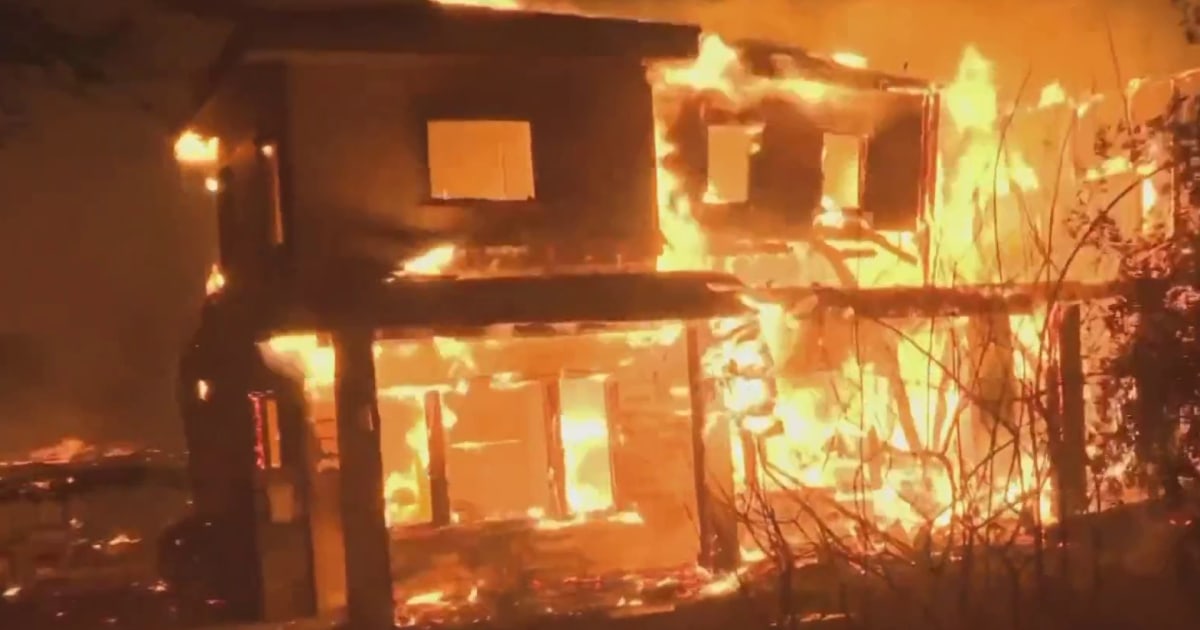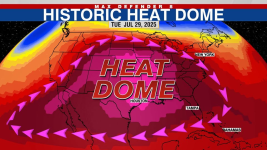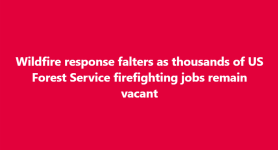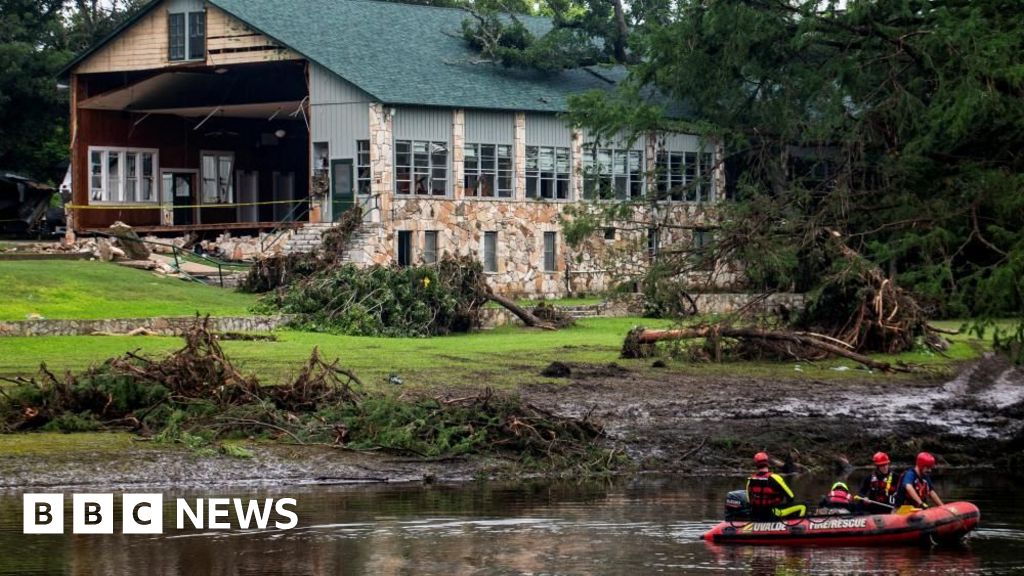Hurricane risk in Florida is escalating. Flood insurance is harder to get.
Story by Nidhi Sharma

Dayna and Matt Fancher lost their home in Fort Myers Beach, Florida, to Hurricane Ian in 2022.
One month into this year’s hurricane season, the couple is still paying their home insurance policy — now twice as costly — while fighting the firm in court over their claim.
The Fanchers, who have lived in their Fort Myers Beach home for almost three decades, said their home insurance provider paid them only a third of what it would cost to rebuild their home, and that adjusters repeatedly disputed their storm damage claims. In the end, the Fanchers say, they took out construction loans to be able to move back into their home.
“We have the same coverage that we had, we’re paying double, and we didn’t get the assistance that we needed,” Matt Fancher said.
The Fanchers’ predicament is just one of many linked to the insurance crisis in hurricane-prone Florida. Rates are sky-high and expected to continue rising as catastrophe claims surge and Floridians face few insurance options and increased scrutiny during underwriting.
Since 2021, Florida has experienced four major hurricanes: Ian, Helene, Idalia and Milton, and premiums have climbed by nearly
30% statewide. Florida residents can now expect to pay
almost $10,000 a year on average in premiums, making the state the
most expensive place in the U.S. to buy homeowners insurance.
In Fort Myers Beach, a small town on narrow Estero Island off Fort Myers, annual premiums jumped from about $9,000 to almost $14,000 from 2019 to 2024, according to data obtained by First Street Foundation, a climate risk modeling firm.
In the wake of Hurricane Ian, Floridians filed more than half a million residential catastrophe claims, according to
Florida’s Office of Insurance Regulation. Up against an
estimated $50 billion to $65 billion in insurance losses associated with Hurricane Ian, several homegrown
Florida property insurers were declared insolvent, while major national insurers like Farmers
announced they would pull back or no longer offer coverage in the state due to increased hurricane risk.
Some legislative reforms have helped stabilize the market for insurance in Florida, according to Mark Friedlander, a spokesperson for the Insurance Information Institute, an industry association for insurers. He said in 2024, the state saw the lowest average statewide premium increases in the country for home insurance and that more than a dozen new insurers had entered the market there.
But hurricane risk in Florida is escalating as human-caused climate change warms the atmosphere and raises sea surface temperatures in the Gulf of Mexico. Hotter conditions are
....
=======================================================
Notice some of the percentage increases referenced elsewhere in the article - these aren't increases that have already happened - these are increases people can expect to see in the future
By 2055, Porter says home insurance premiums could rise by 213% in the Tampa metro area because of hurricane risk. Climate risks are also disrupting insurance markets in other parts of the country. In Sacramento, California, residents may face a 137% increase due to increased wildfire danger, for example.






